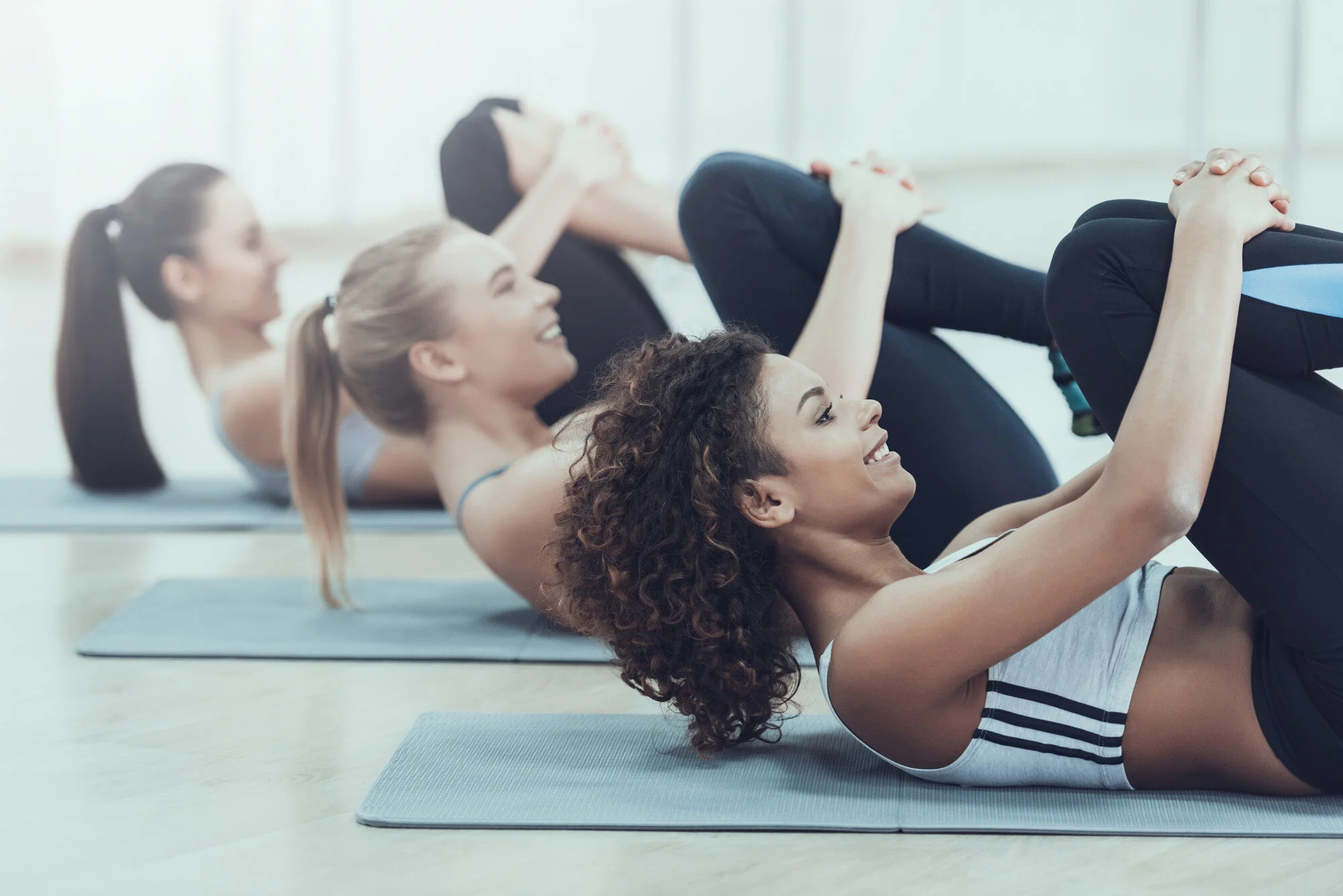It’s almost 2021, which means it’s time to think about your New Year’s resolutions. Nearly 75% of the American adult population says they will make changes to improve their lives. What are your goals?
If you are looking to start improving your flexibility, getting stronger, or simply start exercising, keep reading to learn more about pilates basics and how to get started.
What Is Pilates and How Is It Different?
If you are new to pilates or thinking of taking up a new exercise, you may be wondering what makes it different from any other type of exercise regimen. Pilates has similarities to other practices like yoga and calisthenics but offers its own set of benefits.
Pilates vs. Yoga
The roots of pilates go back to the early 20th century as a form of rehabilitation, improving posture, balance, and strength. It has changed since then but still focuses on aligning the body. There are a number of special tools used in pilates to improve your workout.
Yoga is an old, well-known practice that is less reliant on equipment and more focused on the body. The movements and poses in yoga are slow and controlled and held for longer. It is suitable for relaxation and mental health but should not be practiced by everyone, especially when healing from injuries.
The similarities shared by yoga and pilates are the accessibility of the exercise. Both are able to be practiced by people of any skill level with little to no equipment. If you are looking to increase your flexibility, burn more calories, and tone your muscles, you should go with pilates.
Pilaties vs. Calisthenics
Calisthenics is a repetitive and straightforward type of exercise that promotes strength through bodyweight and resistance workouts. The typical moves like jumping jacks, pushup, ab crunches, planks, squats, pullups, etc. These are done in many sets and reps.
Where pilates differs from calisthenics is the addition of equipment and whole-body approach. While calisthenics is typically used to target specific muscle groups, pilates uses the entire body and focuses more on improving movement.
Calisthenics and pilates both use elements of body weight and resistance training. A calisthenics instructor may help you engage different large muscle groups but lacks focus on the core. Your core helps facilitate all movements and should be among your top priorities when it comes to building muscle tone.
How Do I Get Started?
Equipment is need for some but not all pilates workouts. The most common tools use in exercise routines are a mat, resistance bands, an exercise ball, and more significant pieces like a reformer, tower, or a pilates chair. However, before filling up your home gym, consider taking a pilates class.
Pilates classes are offered for people of all skill levels: from beginner to expert and every level in between. Mat workout classes are the best place to start. Here is where you will begin building your foundation. It’s a good idea to learn mat pilates before transfer to using bigger types of equipment.
Pilates Basics Equipment
Your instructor will introduce you to new moves and fitness tools to keep you improving. Flexible rings, also called Magic Circles, are loose metal rings used as a prop for pilates workouts. Just about every pilates studio has these on hand.
Another popular tool is a reformer. A Pilates reformer is a machine that uses increased resistance to improve endurance and muscle tone. It helps you improve your range of motion, flexibility, core strength, and posture.
A Wunda chair is another typical apparatus in pilates classes. It looks like a small, backless chair; it is used in many ways to increase resistance, stamina, and strengthen the core. The name is even derived from the word ”wonder,” which is a testament to just how wonderful it is.
The most intricate tool used in pilates is called a Cadillac. A pilates Cadillac that is often described as looking like a bed frame. It is essentially a combination of a reformer, a mat, and a tower.
Cadillacs are often used in one-on-one sessions for rehabilitation or helping older folks. It is workable for beginners and easy, basic moves. Its potential is limitless.
What Is a Pilates Class Like?
If you are taking a basic pilates class for beginners, you will not need to bring much. A pair of socks with grips and some water is enough. Mats are typically provided.
Wear comfortable and breathable clothing that you can move around in easily, like leggings and an oversized tee shirt or tank top. Consider investing in an athletic face mask. Show up about 5 minutes before the start time to get ready.
Different classes are offered for other goals. If your focus is to improve your range of motion and enhance mobility, consider this class. This 45-minute session is great for those new to pilates and people rehabilitating from injuries.
After a few weeks, you may feel ready to step it up. After you have the basics down, you can move on to enhance your pilates game and use equipment like the reformer to help you define your body. piSTREGNTH is open for all levels and will make you sweat.
An instructor can help you figure out which pilates class is right for you. Not ready to join a class yet? Consider taking private lessons.
What Are Private Lessons Like?
Enrolling in private pilates instructions with a certified instructor is the best way to learn the pilates basics. You can get individualized attention and learn exactly which areas you need to focus on in your daily routines. If you can’t perform specific exercises, an instructor can show you modifications that can be used later in private practice or classes.
Narrow down your focus for exactly why you want private pilates classes. Your instructor can tailor lessons specifically to your goals and limitations. They can even assist your mind-body connection.
You will see the benefits immediately. It is an indispensable resource for those dealing with chronic pain, pregnant people, and those who need low-impact workouts.
Pilates 101
If you are thinking about taking up pilates, we hope this crash course in pilates basics has been helpful. Pilates is an excellent type of exercise for beginners, experts, or anyone looking to improve their flexibility and muscle tone.
Contact us here to learn more about our classes or schedule yourself for a class today.

